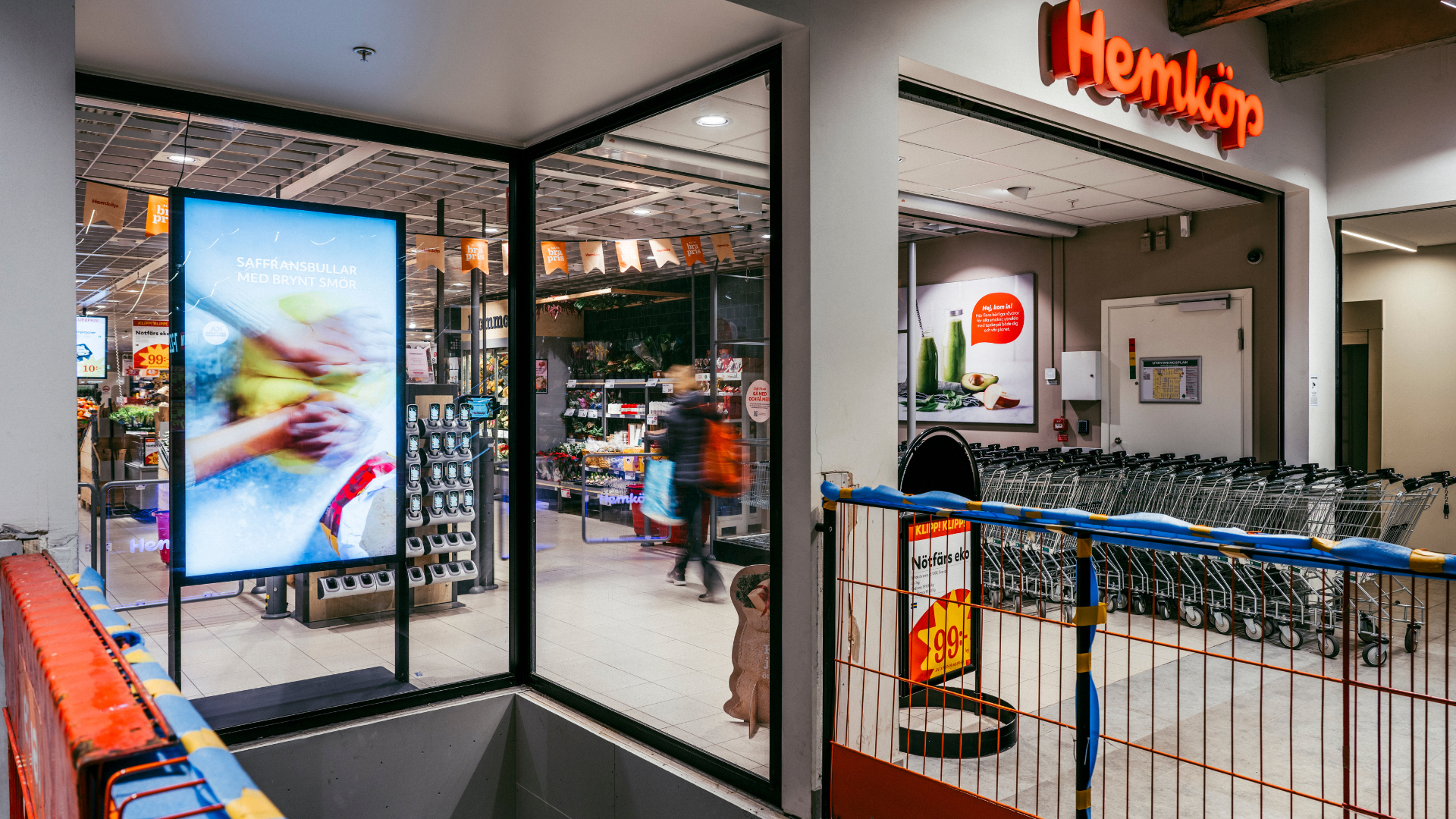
Case
Hemköp
Challenged conventional digital signage practices
Grocery retail chain Hemköp wanted to challenge established Digital Signage practices and deliver a refreshed in-store solution backed by data and analytics across its network of stores in Sweden.
This exploration of the customer journey began with a pilot phase which took place across four control stores comparing two large stores and two neighbourhood stores with control stores that were equal in size, shopper demographics and geography to enable direct comparison, as well as the rest of the chain.
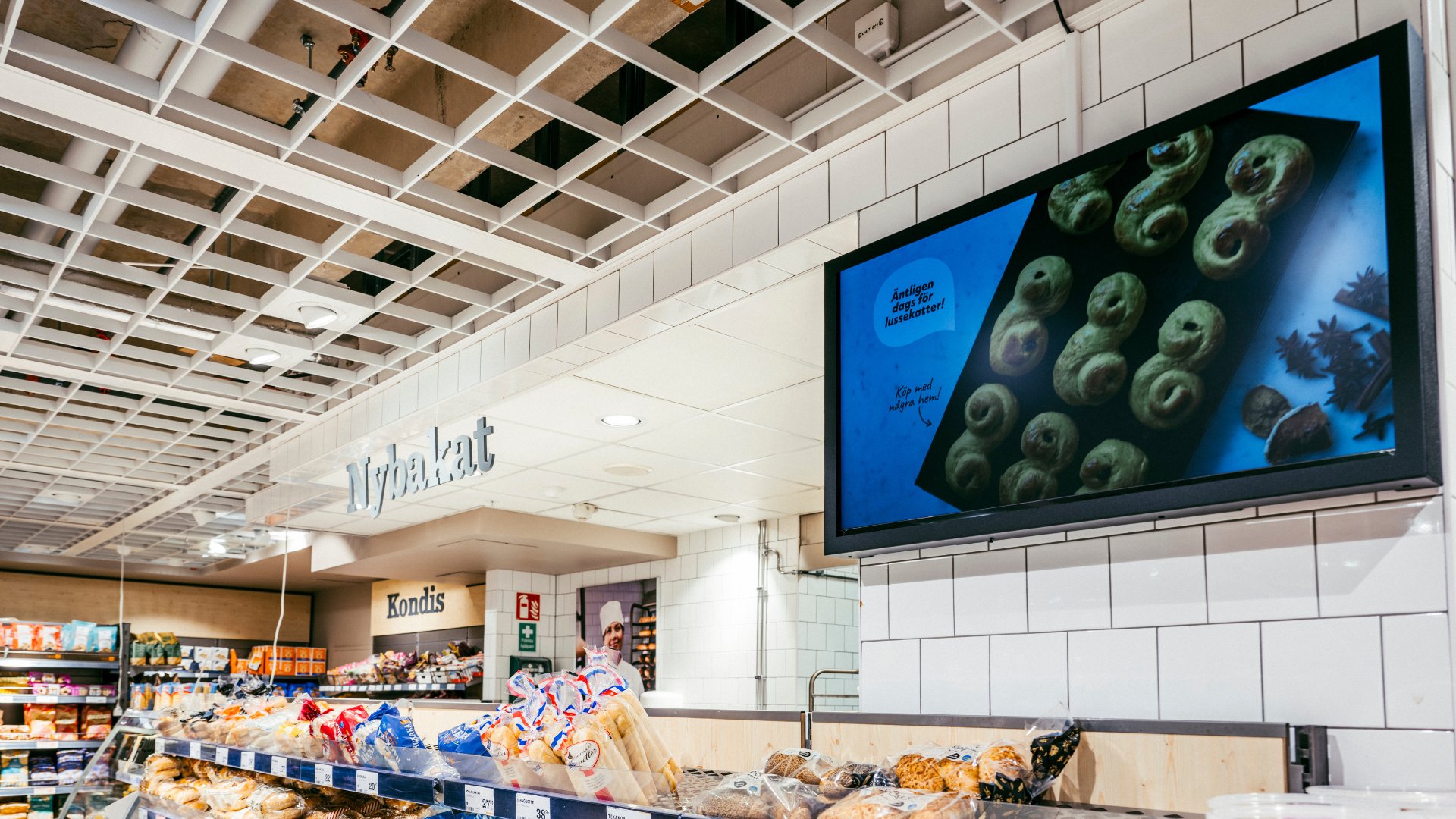
Challenges
Hemköp was looking for a turnkey solution that would challenge the conventional widsom and strategies associated with a Digital Signage rollout, and really look at the unique intricacies of the Hemköp store setups, customer demographic and customer journey to drive the best value from each investment.
One key requirement was to be able to calculate the ROI of each individual display, justifying its placement and how well the content is performing, or removing it completely.

Solution
ZetaDisplay reimagined the Digital Signage solution in relation to the customer journey in each store type to enhance effectiveness of messaging through display type, placement and content, redefining the purpose of the display based on where the customer is in their journey to ensure each investment delivers significant ROI.
The research took place over a period of five months, during which ZetaDisplay utilised quantitative and qualitative methods. Quantitative included POS data to analyse any increases in sales, measuring against what was being advertised on which style of display and in which zone at the given time. Qualitative involved getting to the heart of the user experience by harnessing the power of deep learning eye tracking technology to explore the impact and effect of the zone messaging on sales.
Real-time results were tracked through a custom created dashboard to enable advanced modelling for sophisticated analysis, taking into account the zone, type of campaign running at any given time and the live sales figures.
The team changed the product focus each week and the sales figures were taken before and after to evaluate the uplift compared to the store the weeks previous, and in comparison, to the analogue control-stores.
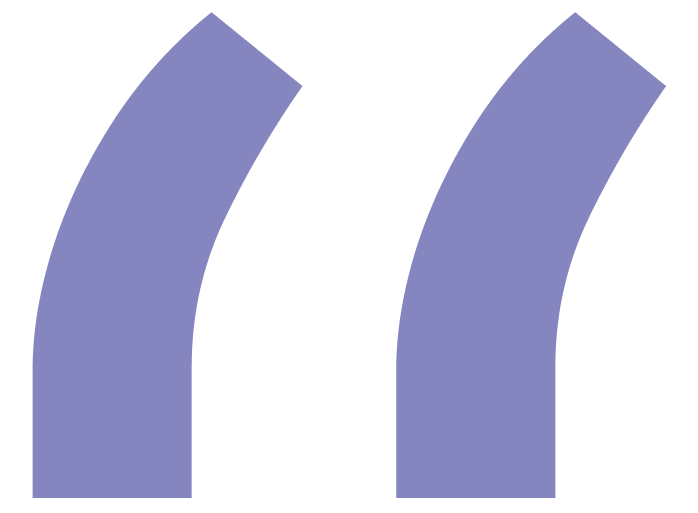
Going into this project we had very clear ROI demands along with the need to innovate. Working alongside ZetaDisplay, we are proud to have pushed the boundaries of what Digital Signage can achieve in retail environments by challenging established practices and instigating a fresh approach.
The ZetaDisplay team really took time to understand our business and developed a bespoke solution that allowed us to better communicate with our customers. This has helped us to hone our marketing approach through optimized technical set-up as well as content creation and relevant messaging.
I’ve been in the top of the Nordic marketing arena for more than 25 years and this project has really come with a great many innovative business and marketing insights that we are now aiming to roll out as soon as possible across all our stores.
Ted Bergström, Marketing Director, Hemköp
Benefits
The research identified 12 different zones and three types of shoppers entering each that have very different aims, therefore changing the nature of the Digital Signage required:
- ‘Quick’ shoppers want to get their items and leave by the nearest exit.
- ‘Top up’ shoppers typically take in half the store but know which items they are looking for and head straight to those aisles.
- ‘Big trip’ shoppers take in the whole store and are easily influenced by promotions.
Two additional key findings from this research have resulted in a new way of thinking about the placement of displays. The first is that the best potential is where most people are passing and also where most people are dwelling. For Hemköp this means that the three types of shopper’s trips also carry a lot of insight in terms of placements.
The second is that screens placed lower down and nearer eye level are a greater focus point than those higher up. This contradicts most signage placement, with the current trends favouring screens being placed higher up with the assumption that these are more visible and therefore capture the most attention.
The research also identified which zones across all store types have the highest footfall and therefore which displays have the opportunity to capture the most attention and deliver the greatest revenue increases, with head-on displays being of pivotal importance.
The results concluded that Digital Signage was far more impactful in all cases. The larger stores saw a 35% to 77% increase in sales when using Digital Signage with some sales increases in all zones. Overall, the best additional effect is found in zones where the displays were placed close to the product.
Let’s talk about Digital Signage
See more
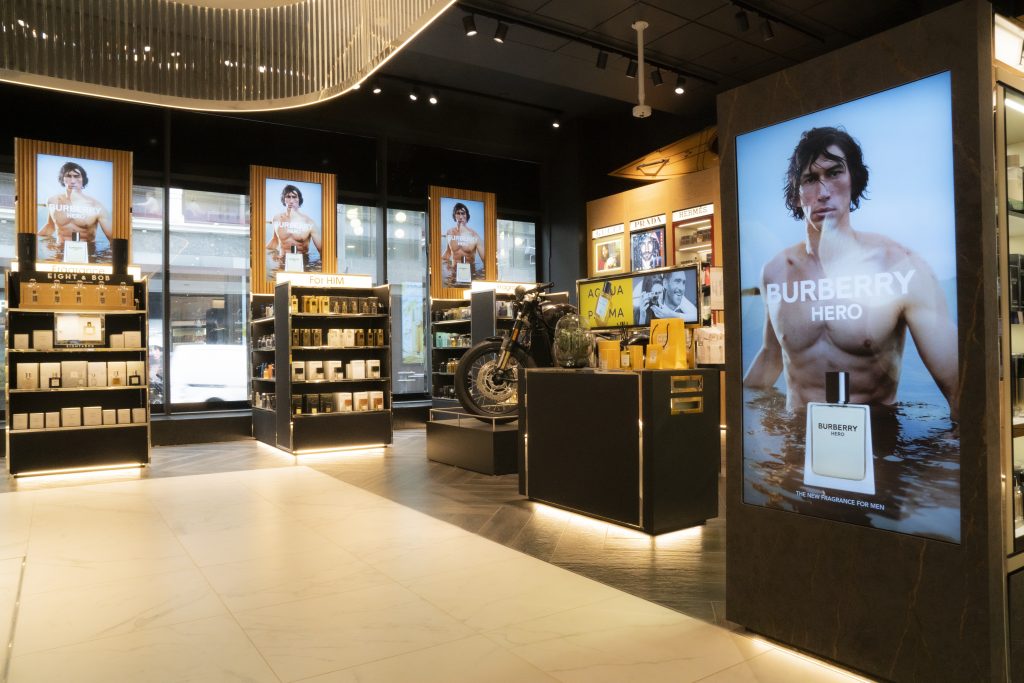
Fredrik and Louisa
A high-end solution for digital advertising
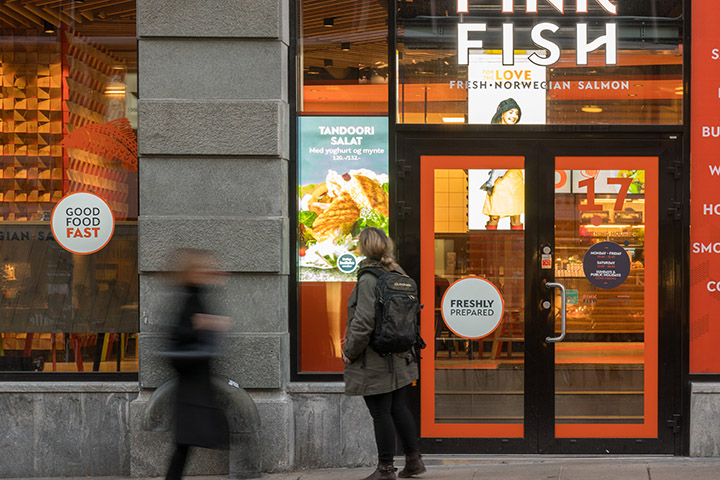
Pink Fish
Using Digital Signage to stand out
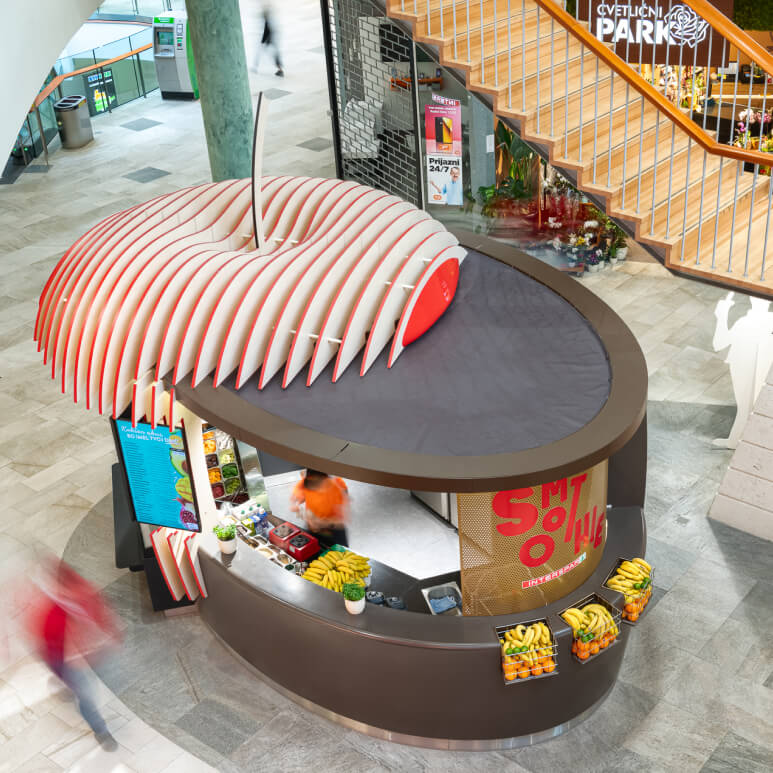
INTERSPAR Slovenia
Smooth innovation
